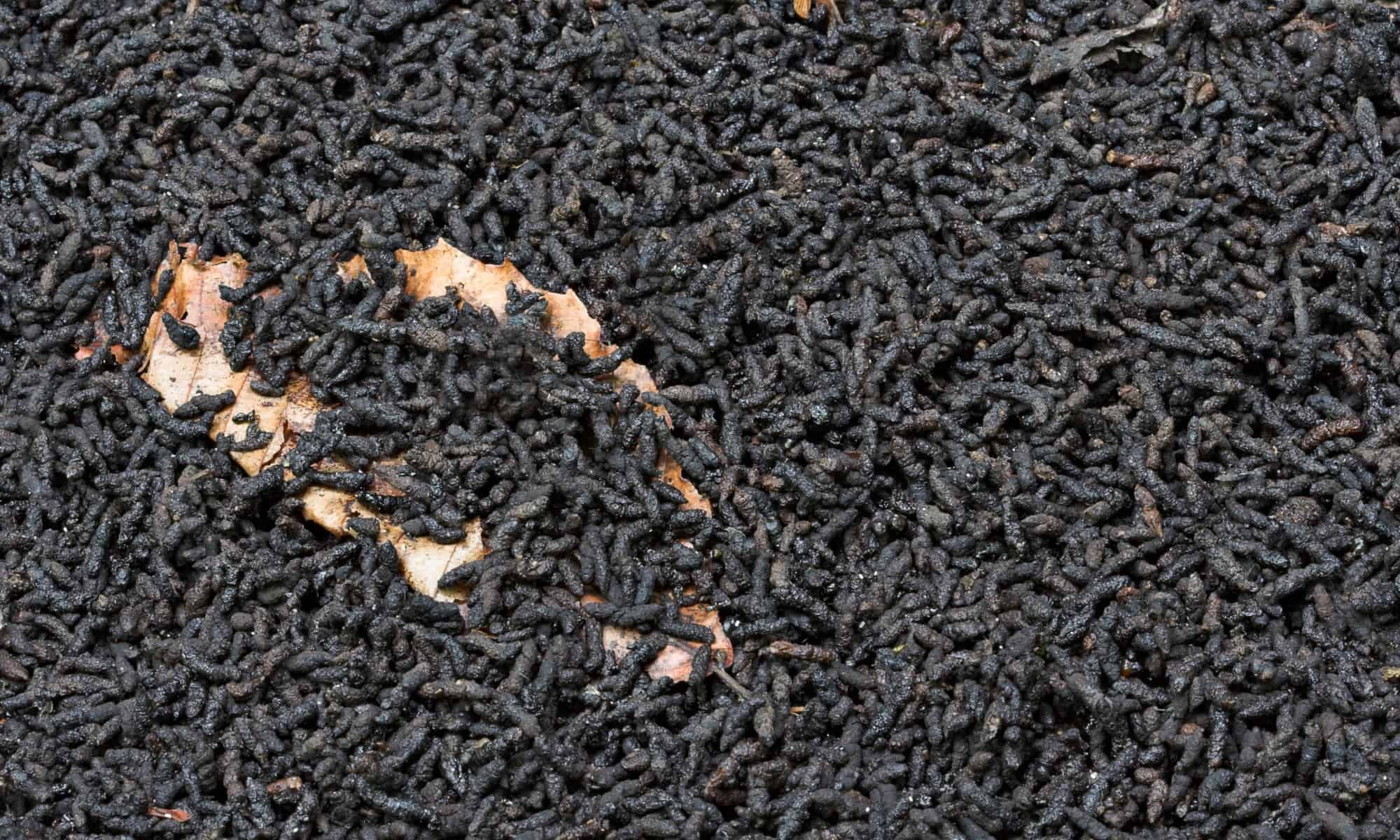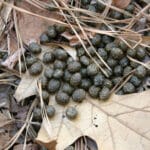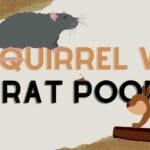Found some mystery droppings? This guide helps you determine if they belong to a mouse. We’ll cover identification, health risks, safe cleanup, and prevention, empowering you to tackle a potential infestation.
Identifying Mouse Droppings
Identifying mouse droppings is the first step in addressing a potential infestation. This visual guide will help you recognize, understand the risks, and handle the situation safely.
What Do Mouse Droppings Look Like?
Mouse turds pictures are small, dark, and shaped like rice grains, roughly 3-8mm long, with pointed ends. Fresh droppings are dark brown or black, becoming lighter brown and harder as they age. A mouse’s diet can subtly influence the color. Finding a few droppings might not be cause for alarm, but a scattering, especially in pantries, cupboards, under sinks, or along walls, suggests a more significant problem. These areas are prime rodent real estate. Mice can produce 50-80 droppings nightly, so the quantity can indicate the infestation’s severity.
Mouse Droppings vs. Other Pests
Before assuming you have mice, compare your findings with droppings from other pests. Rat droppings are much larger (12-20mm), resembling small, dark jellybeans with blunt ends. Cockroach droppings are tiny, like coffee grounds or black pepper. Bat droppings (guano) can be similar in size to mouse droppings but are typically crumbly and found in piles, unlike the scattered distribution of mouse droppings. The following table and images provide a helpful comparison:
| Dropping Type | Size | Shape | Color | Texture | Image |
|---|---|---|---|---|---|
| Mouse | 3-8mm | Rice-like, pointed ends | Dark to light brown | Smooth, firm | [Insert Image of Mouse Droppings] |
| Rat | 12-20mm | Oblong, blunt ends | Dark brown | Smooth, firm | [Insert Image of Rat Droppings] |
| Cockroach | <1mm | Cylindrical, small | Black | Granular, powdery | [Insert Image of Cockroach Droppings] |
| Bat | Varies, often larger than mouse | Irregular, varies | Dark brown | Crumbly, dry | [Insert Image of Bat Droppings] |
Dangers of Mouse Droppings
Mouse droppings aren’t just unsightly; they pose health risks. They can harbor bacteria and viruses like Hantavirus (a rare respiratory illness), salmonellosis (food poisoning), and leptospirosis (a bacterial infection). Disturbing droppings, even through sweeping or vacuuming, can release these particles into the air, potentially leading to inhalation. The proteins in mouse droppings can also trigger allergies and respiratory problems.
Safe Dropping Removal
Cleaning mouse droppings requires a cautious approach:
- Protect Yourself: Wear gloves, an N95 respirator mask, and eye protection.
- Disinfect: Spray the area with a disinfectant (one part bleach to nine parts water). Let it sit for a few minutes.
- Wipe and Dispose: Use paper towels (not reusable cloths) to wipe the droppings and disinfected area. Seal the towels in a plastic bag before discarding.
- Wash Up: Wash your hands thoroughly, even if you wore gloves.
Preventing Mouse Infestations
Preventing mice is easier than cleaning up after them:
- Seal Entry Points: Close any cracks or holes in exterior walls, foundations, and around pipes or wires.
- Secure Food: Store all food, including pet food, in airtight containers.
- Declutter: Reduce clutter to minimize nesting sites.
Mistaken Identity: Droppings Often Confused With Mice
Several droppings can be mistaken for mouse droppings. Accurate identification is crucial for effective pest control.
Rats
Rat droppings are the most common look-alikes. While similar in shape, rat droppings are significantly larger (10-20mm) and have blunt or rounded ends.
Bats
Found in attics or high spaces, bat guano can resemble mouse droppings, especially from smaller bat species. However, bat guano crumbles easily into a fine powder, while mouse droppings are more solid.
Cockroaches
Often found near food and water sources, cockroach droppings are much smaller than mouse droppings and resemble coffee grounds or black pepper.
Consider these factors when identifying droppings:
- Size: Mouse droppings are small (about 6mm). Rat droppings are larger (12-20mm), and cockroach droppings are tiny.
- Shape: Mouse droppings are rod-shaped with pointed ends, rat droppings are cylindrical with blunt/rounded ends, and bat droppings are irregular.
- Location: Mice favor areas near food sources, bats prefer high, secluded spots, and cockroaches gather near warmth, humidity, food, and water.
- Texture: Fresh mouse droppings are slightly soft, bat droppings are crumbly, and cockroach droppings are dry and granular.
Why Droppings, But No Mice?
Finding droppings but not seeing mice is common. Mice are nocturnal and adept at hiding. Their small size and flexibility allow them to squeeze through tiny openings, often nesting in secluded spots. The droppings serve as evidence of their presence, even if the mice themselves remain unseen. A single dropping indicates an active infestation.
Remember, even if you haven’t spotted a mouse, that lovable marsupial friend of Winnie the Pooh isn’t the culprit. These droppings are a warning sign. Take action to prevent a larger infestation.
If you have any doubts, consult a pest control professional. They can accurately identify the pest and recommend the best course of action. Ongoing research continues to refine our understanding of rodent behavior and control, so staying informed is beneficial. This information is for general knowledge and doesn’t cover all specific situations.
- Unlock Elemental 2 Secrets: Actionable Insights Now - April 2, 2025
- Lot’s Wife’s Name: Unveiling the Mystery of Sodom’s Fall - April 2, 2025
- Photocell Sensors: A Complete Guide for Selection and Implementation - April 2, 2025
















